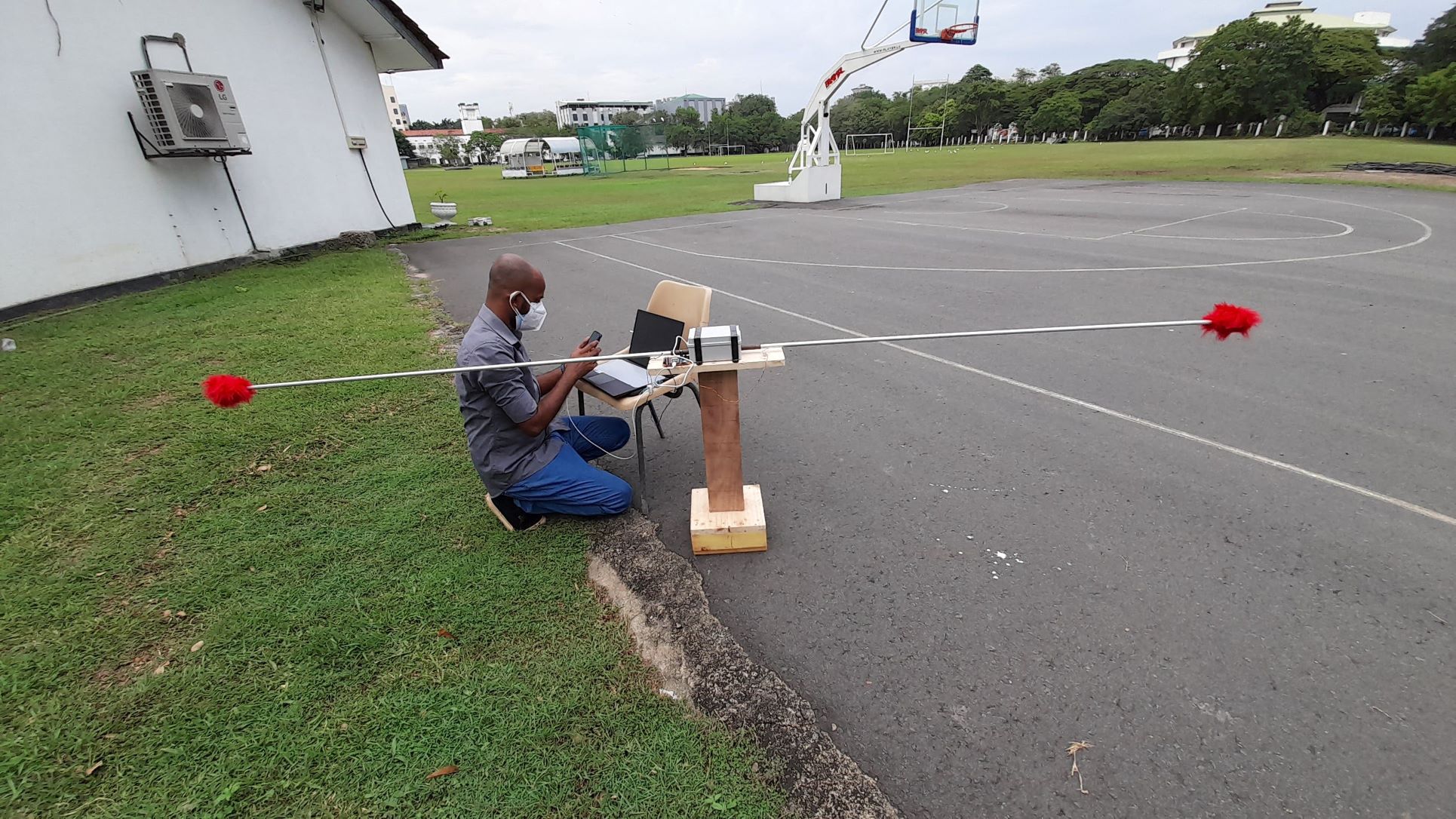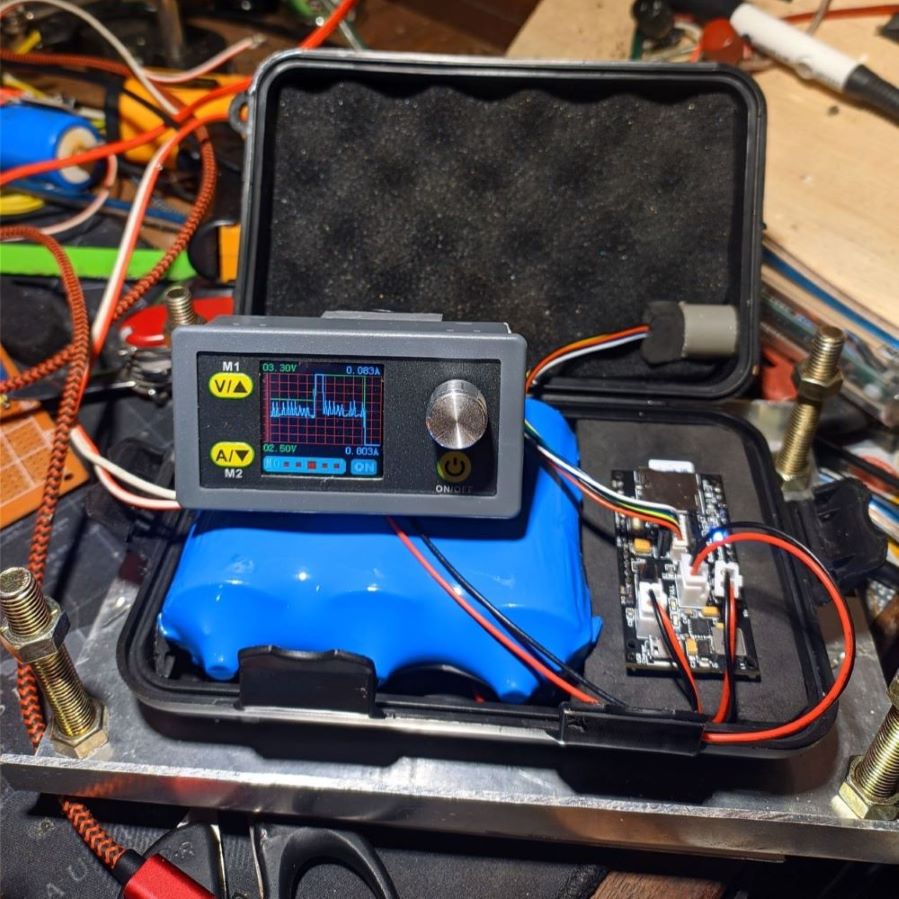One of the best ways to protect elephants from conflict with humans is through Early Warning Systems (EWS). Early warnings allow rangers and elephant protection teams to warn farmers, villagers and communities that an elephant - or even a whole herd - is nearby. Villagers and farmers can then monitor their fields, use noise makers to encourage elephants back into the forest, and secure their fences.
The main way we’ve been monitoring elephants is to attach GPS collars to some members of each herd. This is a fantastic solution, and it’s been working well. Many elephants have been saved because we could track their movements and warn communities in time. But an exciting new project might provide an even more effective solution, reducing the need to anaesthetise elephants in order to fit the collars.
The ELOC (Elephant Locator) is an acoustic detection system for elephants in Indonesia and Sri Lanka. The aim is to develop and test technology that will detect the presence and location of elephants through their wide range of vocalisations; that is, their communication with each other. This new technology will provide real-time data for anti-poaching patrols and rangers to reduce human-elephant conflict. It will also negate the need to attach expensive and cumbersome GPS collars to elephants.


Above: Testing one of the versions of the Elephant Locator to assess the distance of the calls we can record
ELOC utilises elephant vocalisations to locate elephants and identify where they are. When they communicate, elephants emit various calls including deep rumbles, as well as the classic trumpeting sounds we’re used to. Their deep rumbles include a low frequency sound which can travel over large distances. If we can capture these rumbles, we can track elephants over long distances, improving our early warning systems.
As part of this project, we’re partnering with scientists, university students and engineers to develop, test and trial this new EWS. We’re doing this in three key areas in Sumatra where we protect elephants: Way Kambas National Park, Gunung Leuser National Park and Bukit Tigapuluh National Park. Through this project, we’ll learn more about Asian elephants and how they communicate, and most importantly, provide another way that we can monitor and protect them in the wild.
Below you can see one of the Elephant Locators being used in the field, a project team member setting up the microphones and recording equipment at the university, and one of the university students measuring elephant vocalisations in the forest.



